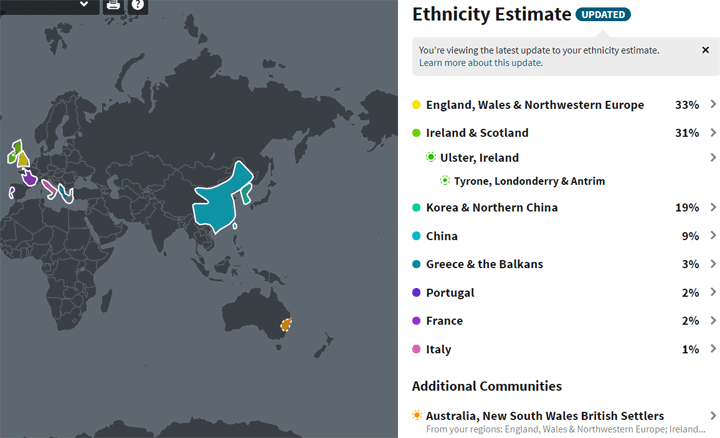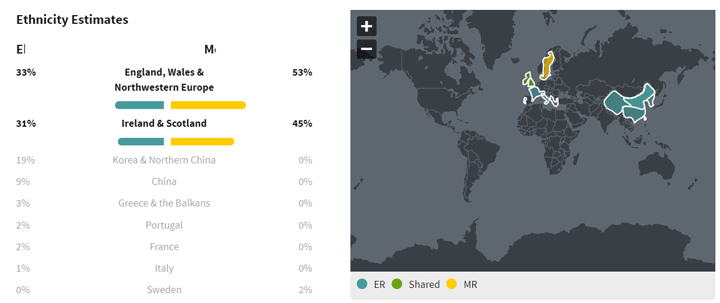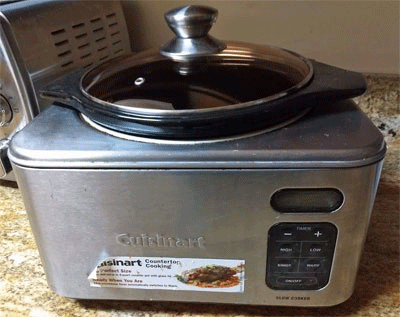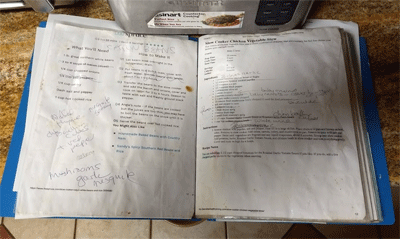 2019 was a great year for DNA. Many wonderful DNA tools were created by the testing companies as well as by a number of third parties. Throughout this article I will list my blog posts which discuss the tools from 2019.
2019 was a great year for DNA. Many wonderful DNA tools were created by the testing companies as well as by a number of third parties. Throughout this article I will list my blog posts which discuss the tools from 2019.
I have found so many new cousins thanks to ThruLines at Ancestry plus the deployment of that to my DNA matches. My current process is to sort my matches by date and then filter for just 4th cousins or better (or 15cm or better) to catch new matches while they are still logging in and so might see my messages. Also once a week I check my matches that have common ancestors to see if any new ones have been connected in (since I note how people are related in the notes, anyone with blank notes is someone I have not yet seen the tree connection for):
- March: Ancestry’s new DNA feature: ThruLines
- July: Using the new Ancestry DNA match features
- November: Clicking Over from DNA Ancestor Hints
MyHeritage‘s Theory of Family Relativity also makes it easier to find new cousins. Many of my Norwegian cousins have been found there. I even got a message from one this morning!
- February: MyHeritage’s Theory of Family Relativity
23andme may be finally trying to consider us genealogists. They added a build your tree from DNA feature (yet to be blogged about here) and connected to the FamilySearch tree. My wish for 2020 is that they combine those features!
My favorite new 3rd party tools in 2019 are DNA2tree, a game changer for unknown parentage cases, and the addition of trees to the automated clustering at Genetic affairs. I confess, I actually bought myself an iPad so I could use DNA2tree.
- October: Automation to Find the Common Ancestors in the Trees of your DNA Matches
- September: Talking About Many New DNA Tools.com
- April: DNA2Tree: Build Trees from DNA Matches
Automated clustering really took off in 2019 with GEDmatch, DNAgedcom, and MyHeritage all adding clustering.
2019 also saw the birth of a new public database for Y and mitochondrial results at https://www.mitoydna.org/ (to be reviewed soon).
I have yet to cover all the great new tools at DNApainter.com although I refer people to the online relationship calculator there regularly.
Other new tools sites that I need to review are Borland genetics tools and Your DNA Family
2019 has been a really great year for DNA tools!






